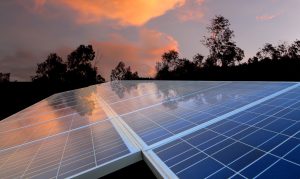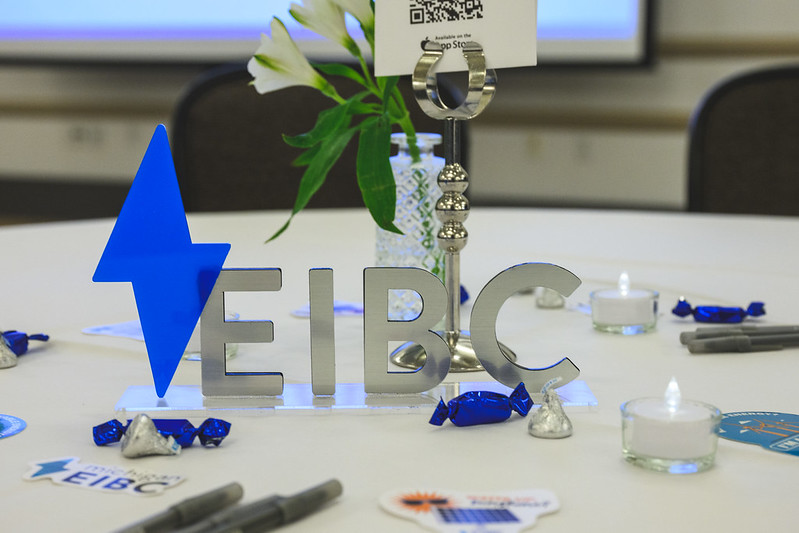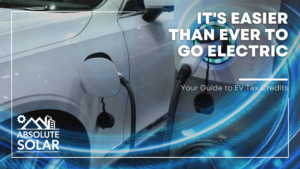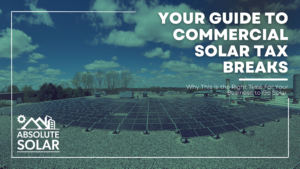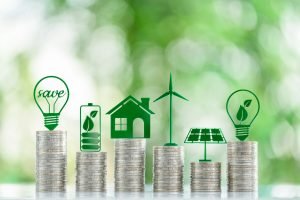Solar energy’s carbon footprint is 6gCO2e/kWh (grams of CO2 equivalent per kilowatt-hour). That’s almost negligible compared to coal’s staggering footprint of 109gCO2e/kWh. That means coal produces over 18 times more carbon dioxide than solar power!
As such, there’s no doubt that solar is one of the cleanest, greenest, and most renewable forms of energy. After all, it’s virtually limitless since you can generate power from the sun as long as it rises and sets.
So, if you haven’t gone solar yet, there’s no other better time than now to consider doing so. The sooner you invest in the sun’s power, the more short- and long-term savings you can reap.
To that end, we created this guide detailing the top ways that solar panels can help you save for rainy days. Read on to discover how this green energy can help you keep more of your Benjamins.
Residential Federal Solar Tax Incentive Extended to 2021
The Energy Policy Act of 2005 paved the way for the federal solar tax credit. This law allowed for the creation of the original 30% tax credit for solar Photovoltaic (PV, the conversion of light into energy using semiconducting materials) installations. At the time of its enactment, the government set it to expire at the end of 2006.
The original “expiration” didn’t come to pass; in fact, the 30% FTC lasted until 2019. However, home solar installations that start this 2020 can still qualify for a 26% tax credit. Eligible residential solar constructions that begin in 2021 will have a 22% incentive.
The government hasn’t issued new extensions yet, so the solar tax credit for homes will expire by 2022. Residential installations that start in 2022 will no longer receive any credit. Only commercial solar constructions from 2022 onwards will qualify for a 10% credit.
So, as early as now, consider speaking to a trustworthy Michigan solar installer. The sooner you do, the sooner you can have your home solar PV system constructed. If you can commence the project on or before December 31, 2020, you get to qualify for the 26% incentive.
Go for Solar Financing, Not Leasing
You don’t have to pay for the entire cost of a solar PV system installation in one go. You can finance specifically for the purchase and installation of your system. This way, you can spread the cost over a period of several years.
Solar financing is much like standard equipment financing. The best programs provide 100% solar financing without requiring any down payment.
Financing the system puts it in your ownership allowing you to qualify for the federal solar tax credit.
This isn’t the case for leased solar panels.
Leasing a solar PV system is similar to renting it out. The lessor (the one who grants the lease) remains the owner of the solar installation. So, the solar leasing company will be the one to qualify for the solar tax credit.
For this reason, solar leases usually cost less than solar financing. After all, the lessee (the one who “rents” the system) would need to return the panels when the lease expires. However, this also means the renter won’t enjoy the long-term savings of owning a solar PV.
Solar Photovoltaics Now Last Longer
Speaking of solar improvements, new solar PV modules now degrade even slower. Studies found that yearly degradation in high-quality panels has dropped from 0.8% to 0.5%. This means that they can still generate 90% of their original power after 20 years.
For this reason, many solar panel companies offer 20-year warranties on their products. However, you don’t have to settle for one of these, as you can now find systems with 30-year warranties. Moreover, these solar PV systems have expected service lives of at least 40 years.
So, even if it takes you about 10 years to recoup your initial costs, you have at least 30 more years to save money. Once you recover your installation expenses, everything else will go toward your savings.
The Cost of PV Panels Continue to Shrink
Photovoltaic module prices have shrunk by 99% over the past four decades. However, this lower price isn’t because of “cheap” or subpar materials.
On the contrary, it’s due to much better technology, such as improved modules and batteries. The photovoltaic learning rate has also seen a considerable spike: 23% for 2020 and beyond. Higher PV learning rates means faster price declines, thanks to wider deployment.
These lower prices, paired with the tax credit and more durable panels, will help save you save a lot in the long run. Even if you decide to go with solar financing, these lower rates would still save you money. After all, it means you don’t need as much financing to cover the cost of equipment purchase and installation.
Solar Energy Is Here to Stay
As you can see, there are at least five ways for you to save on and with solar. Even the price of unsubsidized solar energy itself is now lower than fossil fuels. All that should be good enough reasons for you to make the permanent switch to green energy.
Our team here at Absolute Environmental Solutions can further simplify things for you. Get in touch with us now to request your free solar energy quote! You can also ring us up to schedule your free solar assessment.

